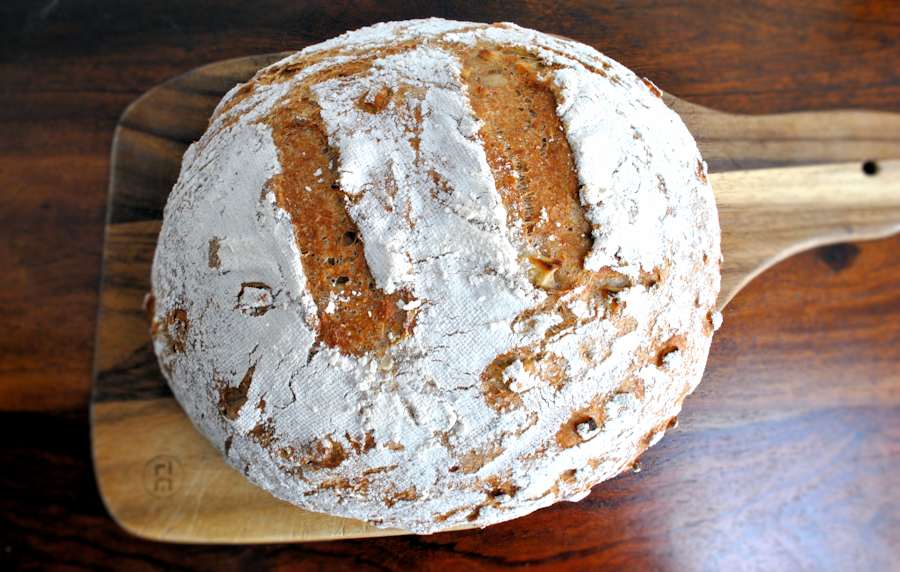
Whatever can you do with apples? Tempt your fella out of the Eden for starters. Pies, tartes Tatin, strudels. Stuffing for a porchetta or a roast duck. Toffee apples, cinnamon apples, dried apples. MacBook Air and iPhone 7. Applesauce and apple chutney. Waldorf salad, turnovers and crumble. Appletiser and Martinelli’s. You can keep the doctor away and make shrunken heads.
And of course, of course – make booze. Cider, wine (apparently so) and calvados.
I’ve never had apple wine, but I’m not sure who would want it if they can get grape stuff. It’s like you wanted to eat bread made out of disgusting grains like quinoa if you can have tasty wheat (what?).
I don’t drink cider much and whenever I try it, it’s hideously sweet. People tell me there exists dry cider but I suspect it’ll be cidre and I’ll have to go across the Channel to taste it.
Calvados is nice and comforting, especially on a snowy night in the ski resort. It’s cider distilled into brandy so you can’t drink too much of it. Or rather you shouldn’t. Or the next morning on the slopes is going to be a Really Hard Slog…
And so, to combine the booze and the cooking with apples and to throw it into bread, of all things, sounds like a natural course of things. They allegedly came up with this bread in Normandy, NYT Cooking has posted the recipe but I think anyone could do it: just have a drop of cider (or calvados) and decide you’ll chuck all those apples into the bread do, for a prank. And not a bad result, frankly. Tchin Tchin!